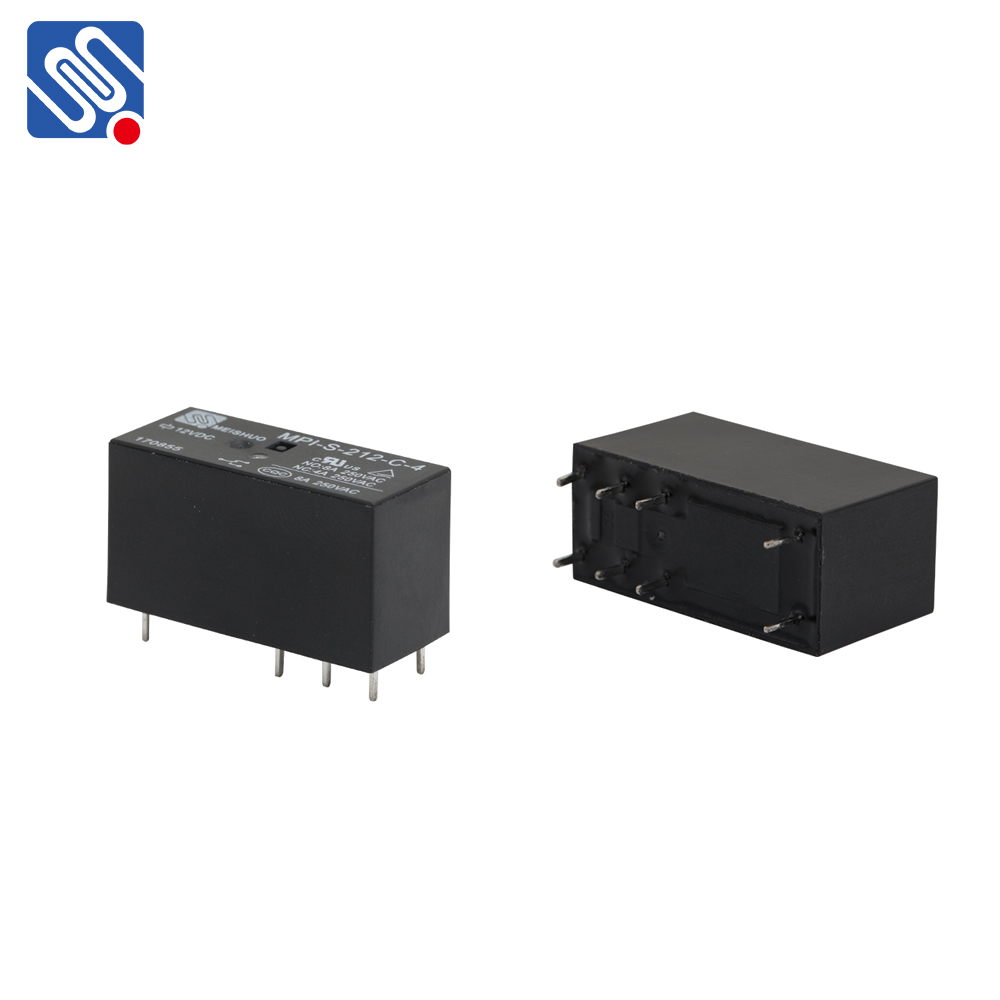relay efficiency and meishuo: revolutionizing communication systems
Release time:2025-05-05 09:04:10
Relay efficiency plays a crucial role in the performance of communication systems, particularly in wireless networks. The term "relay" in communication refers to the process of forwarding data from one point to another, often through intermediary devices that act as relays. In the context of wireless communication, relays can improve signal strength, extend coverage, and reduce latency. However, the efficiency of these relays is vital to ensure optimal performance and reliability. One company that is making waves in the relay efficiency field is Meishuo, a leader in advanced communication solutions.

Relay systems operate by forwarding messages between a sender and receiver. In traditional communication systems, direct transmission often faces challenges such as signal degradation, interference, and limited coverage area. To address these issues, relay nodes are strategically placed to help forward the signal, boosting the overall system's performance. The relay efficiency refers to how effectively these relay systems work in terms of data throughput, energy consumption, and signal enhancement.
In many modern communication systems, such as 5G and Wi-Fi networks, relays are essential for providing seamless connectivity. These systems rely on multiple relay nodes that help in signal forwarding and, by extension, facilitate communication between devices over long distances. The challenge lies in optimizing these relay nodes to work efficiently without unnecessarily consuming excessive power or creating bottlenecks that can slow down data transfer speeds.


